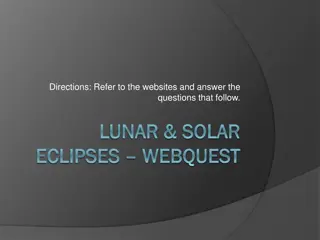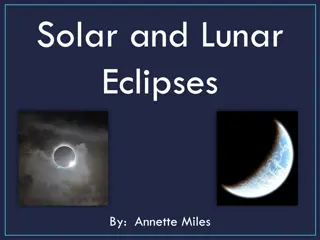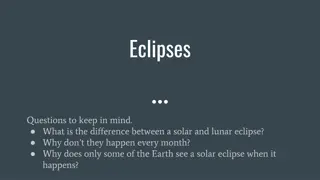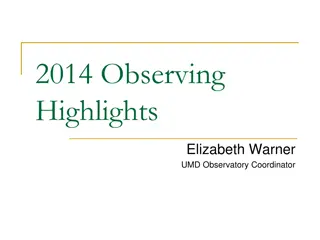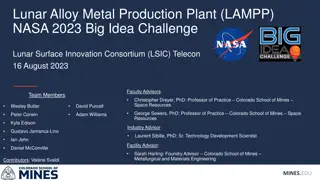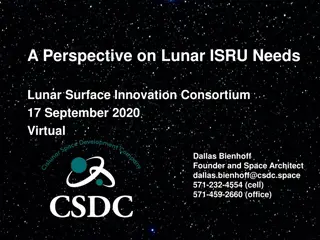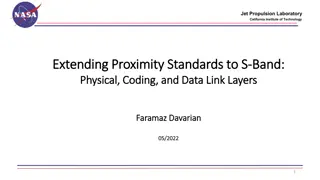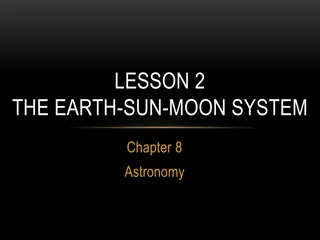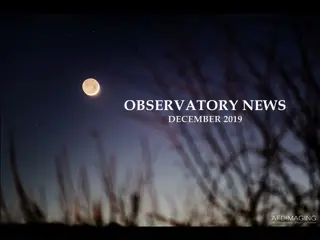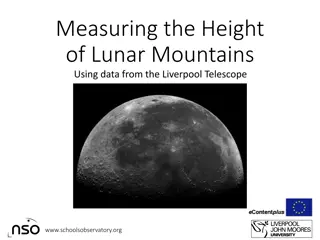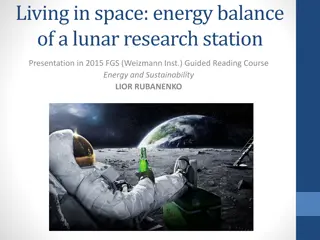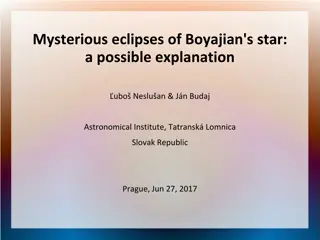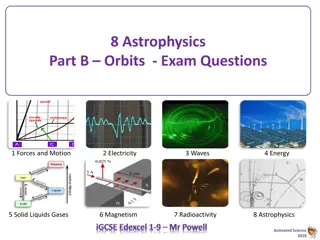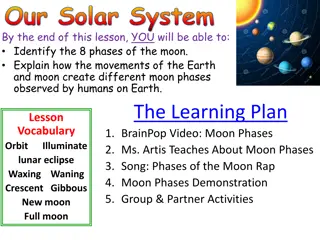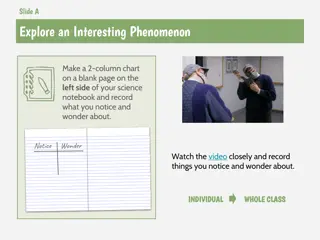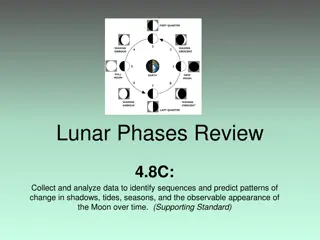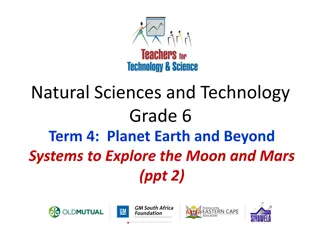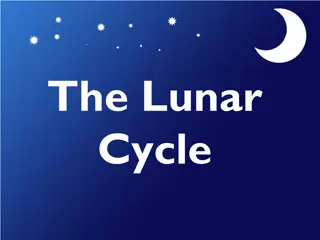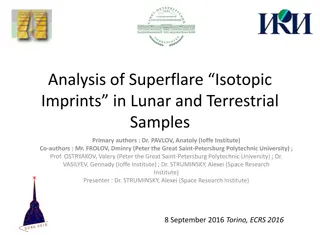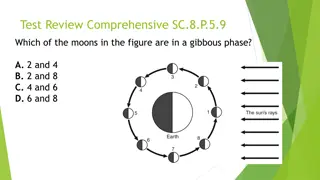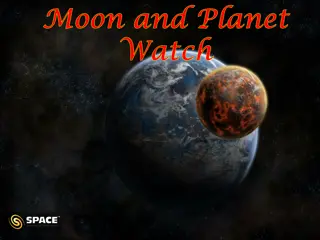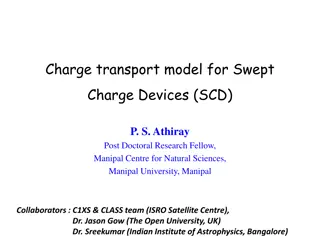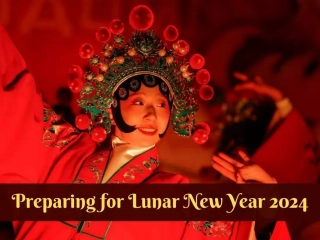Understanding Lunar Eclipses: Phenomenon, Types, and Comparison
Lunar eclipses are fascinating astronomical events that occur when the Earth aligns between the Sun and the Moon. This phenomenon results in total, partial, or semi-shaded eclipses depending on the extent of the Moon's entry into the Earth's shadow. Contrasting lunar eclipses with solar eclipses highlights their distinct characteristics in terms of occurrence, duration, and observation precautions. The notes provide insights into why lunar eclipses happen in the middle of the lunar month and why the Moon appears red during these events.
Download Presentation

Please find below an Image/Link to download the presentation.
The content on the website is provided AS IS for your information and personal use only. It may not be sold, licensed, or shared on other websites without obtaining consent from the author. Download presentation by click this link. If you encounter any issues during the download, it is possible that the publisher has removed the file from their server.
E N D
Presentation Transcript
Unit3 Lunar eclipse
Definition It is an astronomical phenomenon that occurs when the earth is in the middle between the sun and the moon on one straight line
Total lunar eclipse The whole moon enters the shadow area of the earth
Partial lunar eclipse A part of the moon enters the shadow area of the earth
Semi shaded lunar eclipse The moon enters the semi shaded area only (Penumbra)
Compare between: Lunar eclipse 1.The earth is in the middle 2. Takes place at night 3. It lasts for 1 or 2 hours 4.It does not require precautions to observe it. Solar eclipse 1.The moon is in the middle 2. Takes place in the morning 3. It lasts for 7 minutes and a few seconds 4.It requires precautions to observe it
Model answer of page 18 1.Complete 1.Lunar eclipse 2.Middle 3. 1 or 2 4. Lunar eclipse 5.Moon 6. Lunar eclipse,earth 7.Umbra,penumbra 8.Total,Partial 9.Total lunar eclipse 10.Infra red,are not absorbed
Model answer of page 18 and 19 1.Lunar eclipse 2.Umbra 3.Penumbra 4.Infa red rays 5.Solar eclipse 6.Lunar eclipse
Notes Give reason 1.Lunar eclipse occurs in he middle of the lunar month ( full moon) Because, in the middle of the lunar month, the earth lies between the sun and the moon. 2. The colour of the moon tends to be red. Due to the red rays that can not be absorbed from above the atmosphere to the earth


